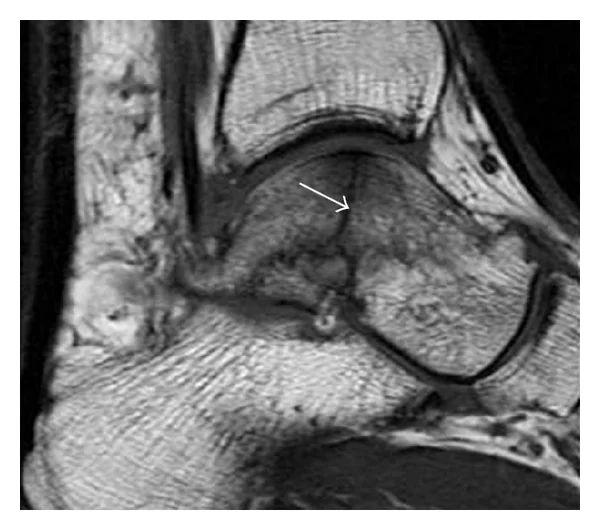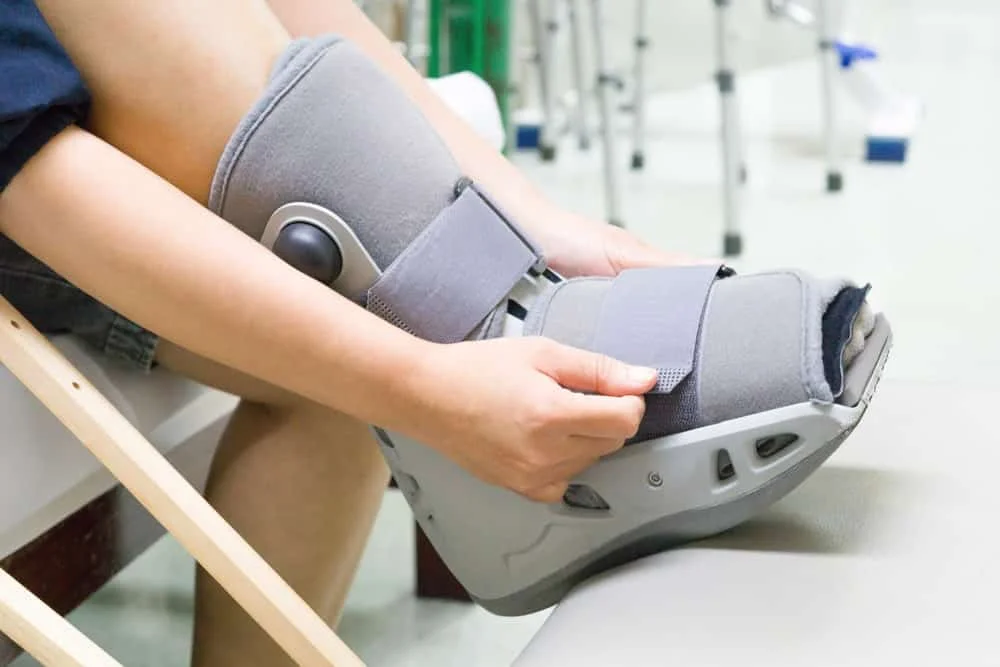
What is a stress fracture?
A stress fracture is a small crack in a bone that is caused by repetitive stress. It is most common in bones that are subjected to a lot of weight-bearing, such as the shinbone (tibia), foot bones, and pelvis. Stress fractures can also occur in bones that are used for repetitive motions, such as the ribs, spine, and femur (thighbone).

Symptoms of a stress fracture
The most common symptom of a stress fracture is pain in the affected bone. The pain may be dull and aching at first, but it can become sharp and severe with continued activity. The pain may also be worse with weight-bearing or certain movements. Other symptoms of a stress fracture may include:
- Swelling or bruising around the affected bone
- Tenderness to touch
- Reduced range of motion
- Inability to put pressure on the bone or continue with the desired activity

Causes of stress fractures
Stress fractures are most commonly caused by sudden increases in physical activity, such as starting a new exercise program or increasing the intensity or duration of your workouts. They can also be caused by poor training technique, improper footwear, or underlying medical conditions, such as osteoporosis.
Treatment for stress fractures
The most important treatment for a stress fracture is rest and activity modification. You should avoid or modify any activities that cause pain in the affected bone. In some cases, you may need to use crutches or a walking boot to completely immobilize the bone. Your doctor may also prescribe pain medication and physiotherapy.
Physiotherapy can help to improve your range of motion, strength, and flexibility, which can help to prevent stress fractures from happening again. They will also provide you with advice on how to go about your daily activities or sports without aggravating the stress fracture. Your physiotherapist may use a variety of treatments, such as:

- Manual therapy
- Exercises
- Taping or bracing
- Advice on activity modification
Preventing stress fractures
The best way to prevent stress fractures is to gradually increase your physical activity and listen to your body. If you experience pain, stop or reduce the amount of activity. You should also wear proper footwear that provides good support and shock absorption. If you have any underlying medical conditions, such as osteoporosis, work with your doctor to manage your condition and reduce your risk of stress fractures.
If you think you may have a stress fracture, it is important to see your doctor or physiotherapist for diagnosis and treatment. Early diagnosis and treatment can help to speed up the healing process and prevent further complications.
Here are some additional tips for preventing stress fractures:
- Warm up before exercising and cool down afterwards.
- Cross-train with different activities to reduce the stress on any one bone.
- Make sure you are getting enough calcium and vitamin D in your diet.
- If you are overweight or obese, losing weight can help to reduce your risk of stress fractures.
- Listen to your body and rest or reduce activity when you are feeling pain.
